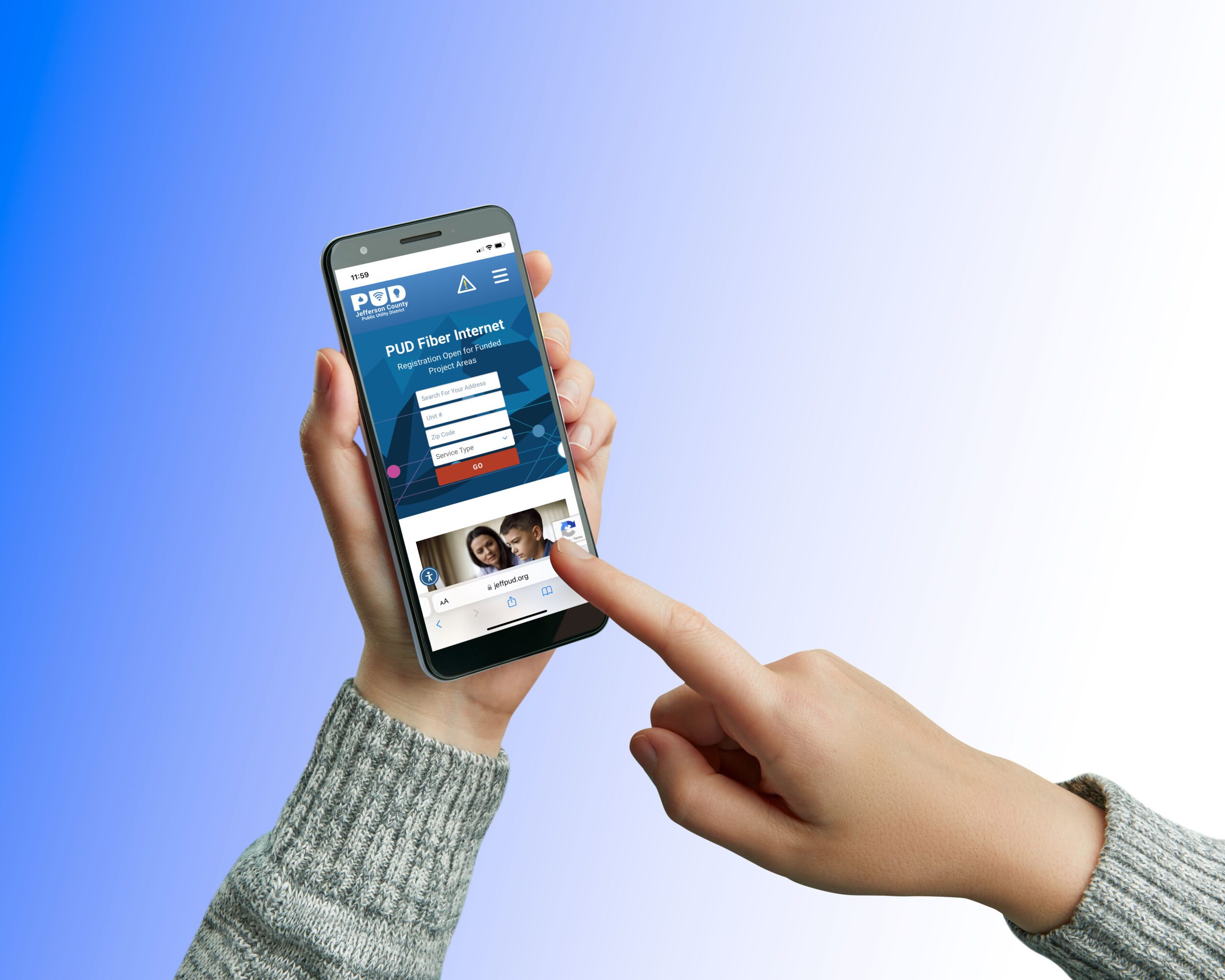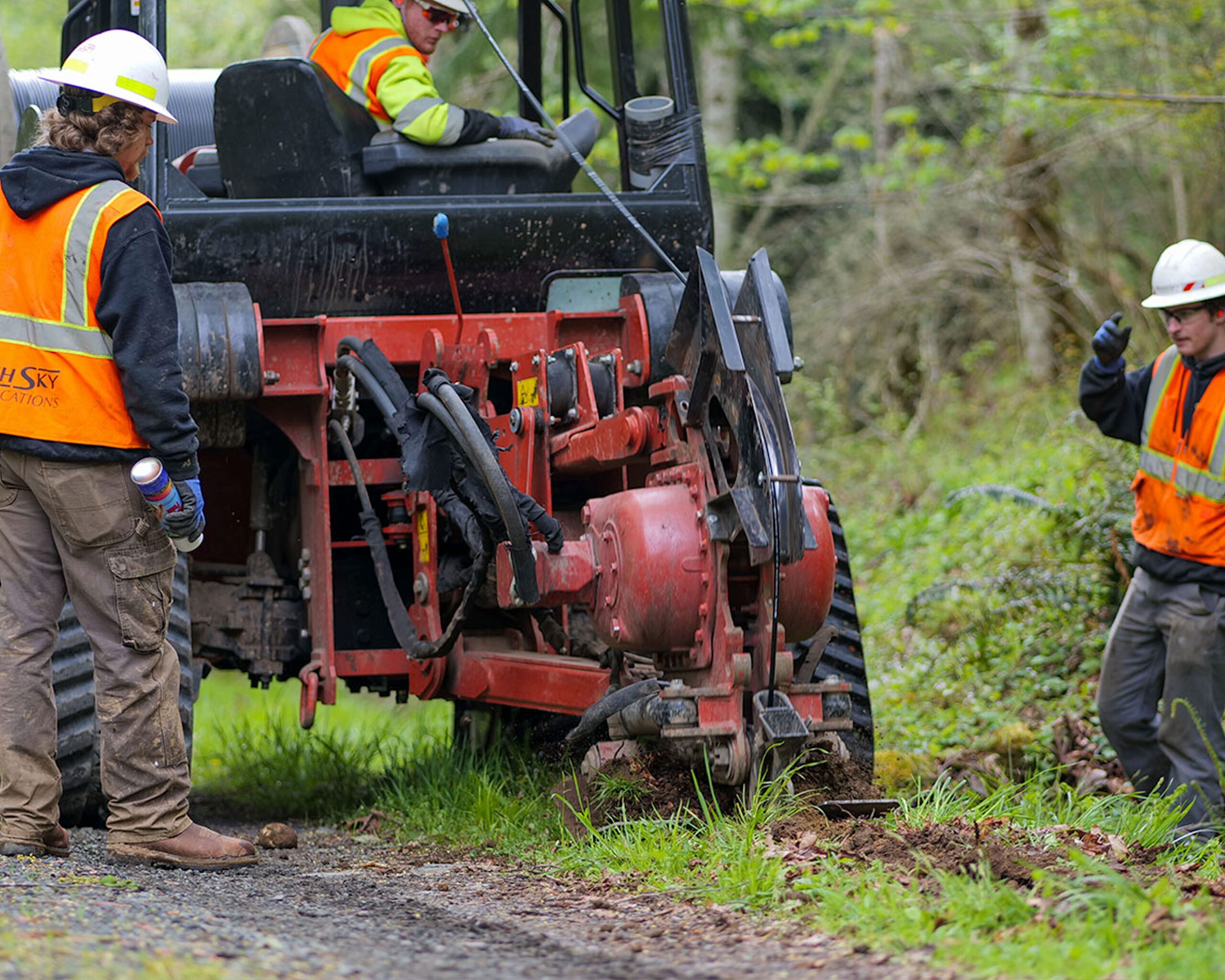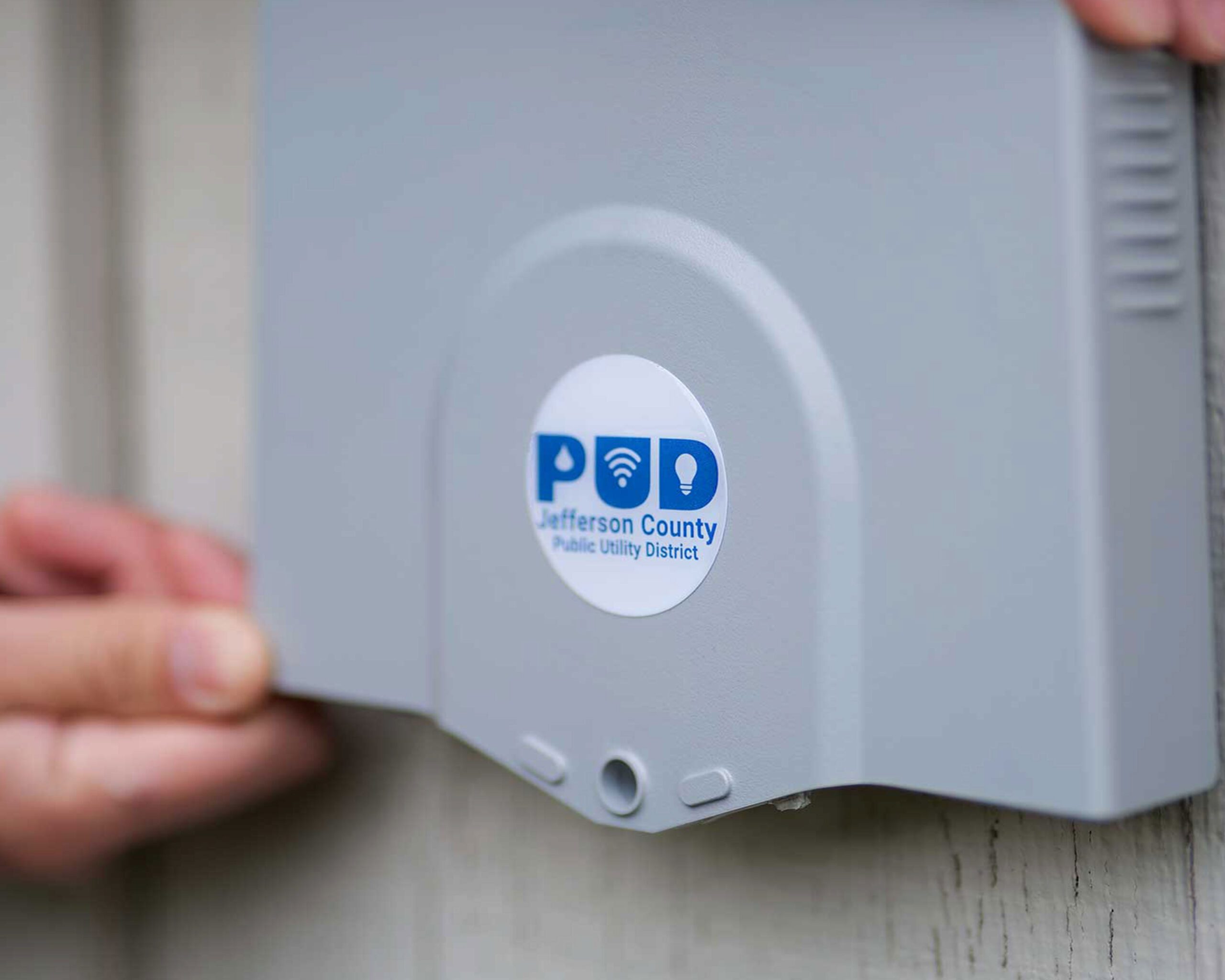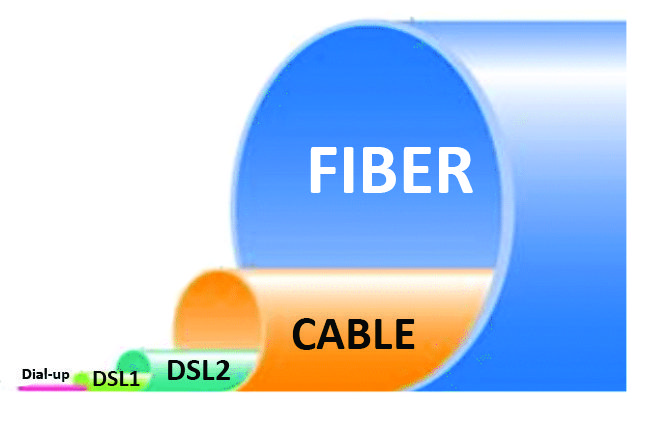PUD Fiber Internet – Registration-to-Installation

Solutions available for every level.
From streaming and zooming to dedicated transport and collocation.
PUD Support
Your friends and neighbors at the PUD are here to support your internet connection 24/7 365.
10 Gig Network
Among the fastest internet in the nation, starting in Quilcene and extending from PT to the Coyle!
Control Your WiFi
Set your password from your phone, access parental and media controls, create secure guest networks.
No Contracts
No contracts, no data caps, and no introductory prices. Get just the internet you pay for from your publicly owned utility district.



